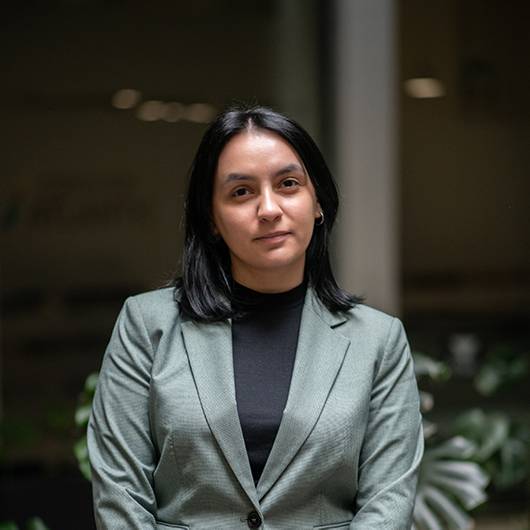Diagonal Cumulation Optimization Tool (DCOT)
Maximizing the Impact of Trade Partnerships
In international trade, diagonal cumulation allows input materials originating from different countries to be used, provided that all countries taking part in the process have free trade agreements (FTAs) in place with one another. In such circumstances, input materials with originating status are treated as equivalent to input materials originating in the exporting party. Diagonal cumulation is however only possible among participants in a corresponding system, whereby each of the participants’ agreements allow for products originating from one country to be treated as if they originated from another when deciding if a particular good adheres to a product-specific rule, for example in the Pan-EuroMediterranean system of cumulation of origin.
Opportunities
Diagonal cumulation introduces significant opportunities for countries to fulfill their potential with respect to exports diversification, increasing inflow of foreign direct investment (FDI) and joint ventures, thus encouraging innovation and creation of new jobs.
Challenges
Even though diagonal cumulation presents a number of possibilities to advance trade, using it can initially be confusing as countries lack reliable sources of information and opportunities may pass them by. When diagonal cumulation agreement enters into the force, it is important that it keeps up with emerging changes in circumstances and related opportunities. First, it is vital to identify which products can benefit most from the agreement.
Solution
This is precisely where we are ready to assist with significant experience and the specific research methodology, containing a well-tested model in place. In particular, we identify goods, the production of which can be economically attractive following the establishment of diagonal cumulation (i.e. manufacturing in country A using the raw materials and intermediate products of country B to export to C market).
How DCOT Works
| PRODUCT | MNF | EXPORT CRG | IMPORT SHARE | EXPORT VOLUME | SELECTED |
|---|---|---|---|---|---|
| # | ✔ | ✔ | ✔ | ✔ | YES |
| # | – | – | ✔ | ✔ | NO |
| # | – | – | – | – | NO |
| # | ✔ | ✔ | ✔ | – | NO |
Phase I
In the first stage, we analyze country B’s exports of goods manufactured mainly using its own raw materials and intermediate products to the C market and develop a list of high-potential products and value chains through a model specifically designed for the present study. The model is based on the following criteria: top exported Harmonized System (HS) 6-digit-level products from country B to the C in recent years; the share of exports of the product from country B in relation to total imports of similar products to the C market; annual growth of these exports in the C market (CAGR); the C customs tariffs for these products (MFN); and overall export volume of country B.
Phase II
In the second stage, after the high potential products and value chains are identified, we filter selected value chains, using the following criteria: product origin; and raw materials needed to manufacture the product.
Phase III
In the third stage, we look at the different factors in the production of the good. Specifically, we study the need with respect to labor, electricity, technology, and other factors in order to determine which value chains country A should favor compared to country B. After careful consideration, we provide the final list of products and value chains which can benefit most from the newly launched diagonal cumulation.
What DCOT Brings
Outcome #1
Delivers precise answers to previously unexplored trade opportunities
Outcome #2
Equips businesses with knowledge for best informed
decision-making
Outcome #3
Ensures taking full advantage of the opportunities presented by the trade agreements, including attraction of export oriented FDI
DCOT Team
Contact us
E-mail:
Email : [email protected]


